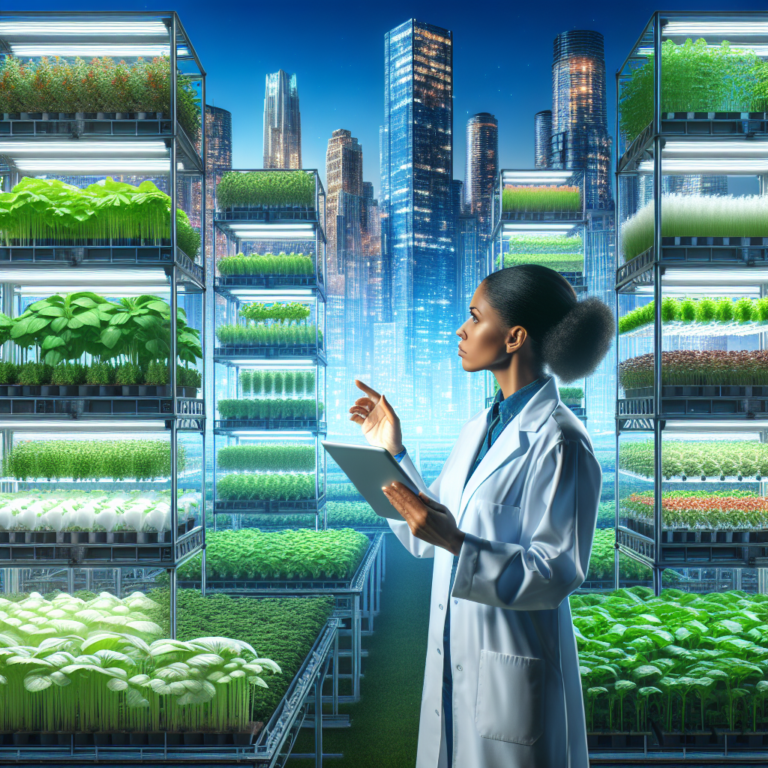Over the past few decades, the way we grow our food has seen a dramatic shift thanks to the rise of vertical farming methods. This revolutionary approach to agriculture is changing the way we think about traditional farming practices and is poised to play a key role in feeding the growing global population sustainably.
Vertical farming involves growing crops in stacked layers, often in controlled environments such as warehouses or high-rise buildings. By utilizing advanced technologies such as hydroponics, LED lighting, and climate control systems, vertical farms are able to produce high yields of crops year-round without the need for pesticides or large amounts of water.
One of the key advantages of vertical farming is its ability to maximize space efficiency. By growing crops upwards rather than outwards, vertical farms can produce significantly higher yields on a smaller footprint of land. This is especially important in densely populated urban areas where arable land is scarce and land prices are high.
Furthermore, vertical farming can help address some of the environmental challenges associated with traditional agriculture. By minimizing the need for pesticides and herbicides, reducing water usage, and eliminating the need for long-distance transportation of produce, vertical farms have the potential to significantly reduce carbon emissions and water pollution associated with food production.
In addition to its environmental benefits, vertical farming also offers economic advantages. By growing crops closer to urban centers, vertical farms can reduce transportation costs and carbon emissions associated with food distribution. This can lead to fresher produce for consumers and potentially lower prices for locally grown fruits and vegetables.
The rise of vertical farming has also sparked interest from investors and entrepreneurs looking to capitalize on the growing demand for sustainable and locally sourced food. In recent years, a number of vertical farming startups have emerged, each with their own unique approach to indoor farming. From leafy greens and herbs to strawberries and tomatoes, vertical farms are capable of growing a wide variety of crops with high precision and consistency.
As the global population continues to grow and urbanization accelerates, the need for sustainable and efficient agricultural practices will become even more critical. Vertical farming has the potential to play a key role in meeting this demand and revolutionizing the way we grow our food.
In conclusion, vertical farming is a cutting-edge agricultural practice that is revolutionizing the way we think about farming. With its space-efficient design, environmental benefits, and economic opportunities, vertical farming has the potential to address key challenges facing the food industry and pave the way for a more sustainable and resilient food system. As we look towards the future, vertical farming will undoubtedly play a key role in shaping the way we feed our growing global population.
